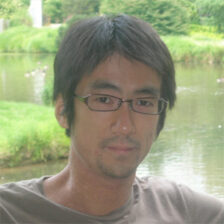Masaaki Ogawa received his M.D. from Tohoku University and Ph.D. from Kyoto University, where he worked on the function of a postsynaptic scaffold protein in a variety of behaviors using genetically engineered mice. Masaaki then learned extracellular recording from freely moving rats in appetitive instrumental conditioning at the University of Maryland. Masaaki received a Tourette Syndrome Association Fellowship and an NIH R21 grant. During his time in the lab, he worked on neural circuits involved in Pavlovian appetitive conditioning. He then went on to an assistant professor position at the National Institute for Physiological Sciences in Japan.
